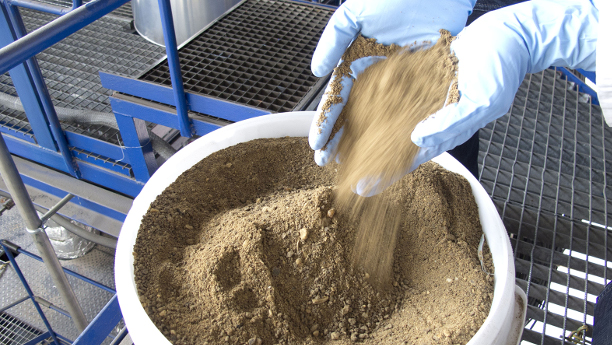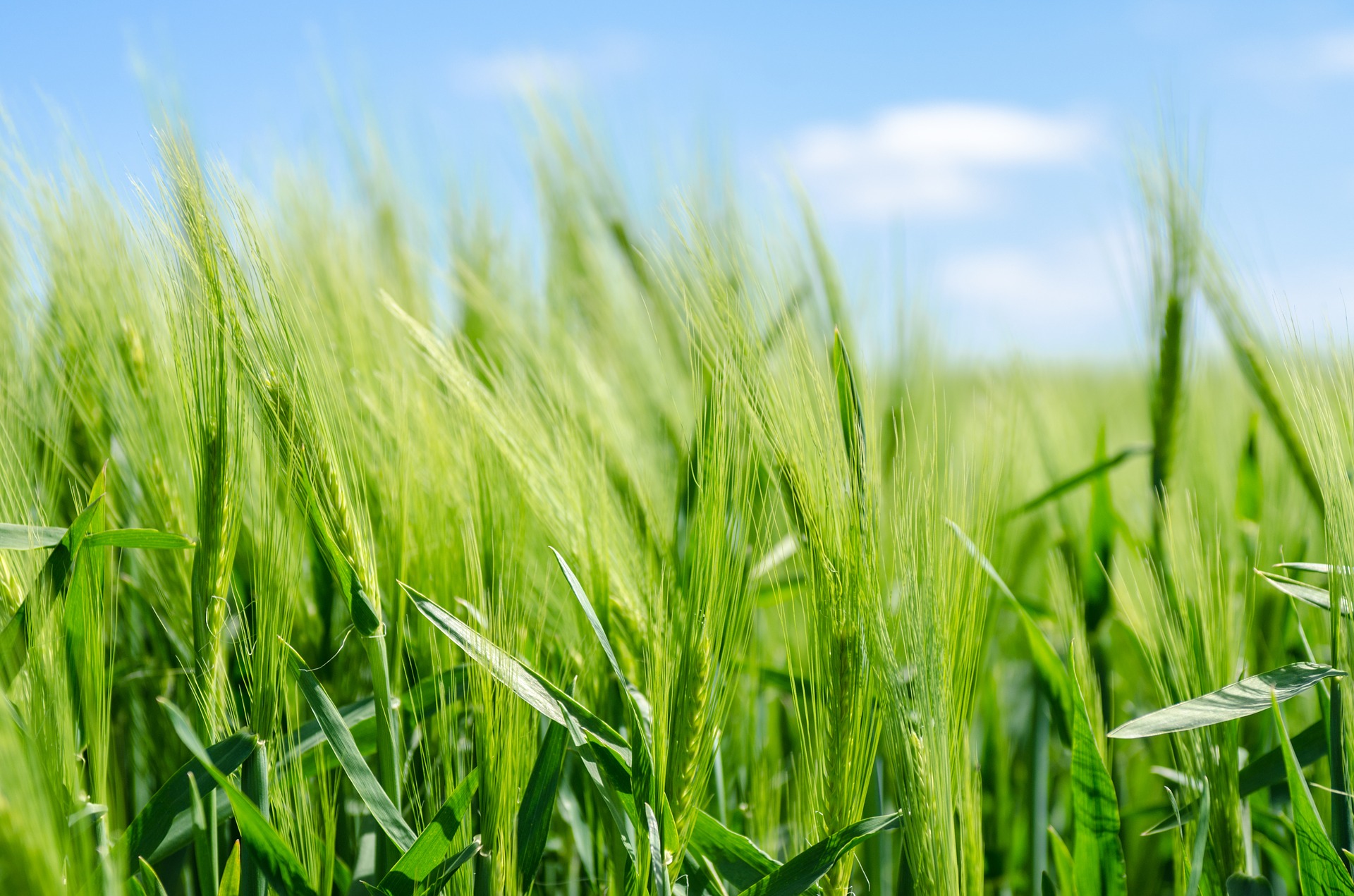Meat and bone meal as a source of phosphorus
Phosphate is not just a vital element for humans, in addition to nitrogen, the mineral is one of the most important plant nutrients. Since Germany does not have its own natural resources, the raw material has to be imported in large quantities from abroad where it is extracted from mines.

In Germany, the majority of this precious mineral ends up as fertilizer for arable land. A neglected source of phosphate is animal meal, which is produced from slaughterhouse waste and subsequently fed to livestock or incinerated. Now researchers from the Fraunhofer Institute for Factory Operation and Automation IFF in Magdeburg have developed a new method to recover the important mineral from the animal meal. The fluidized bed unit filters out harmful substances from the ashes such as heavy metals so that the phosphate can be reused as the raw material for agricultural fertilizer.
According to the Federal Ministry for Food and Agriculture (BMEL) every year 530,000 tonnes of phosphate is imported to Germany from countries such as China, the US or Russia, because it does not have its own natural supply. As a vital element for humans and plants, the precious mineral is essential for both the food industry as well as for animal feed and fertilizer manufacturers. At the same time, vast amounts of the valuable nutrient are lost through sewage, sewage sludge and animal meal. The main source of the largely unused phosphorus is animal meal, which is obtained through slaughterhouse waste. This waste - animals’ teeth, hooves or bones is then processed into meat and bone meal amassing over 200 tonnes in Germany alone every year. The ground scraps are fed in part to livestock. But the majority is incinerated together with other waste and is therefore contaminated with heavy metals such as mercury, lead, arsenic or nickel. As a result, the phosphate content in the ash which is around 16 percent, cannot be used.
Separating heavy metals from ash
But this is about to change. Researchers from IFF in Magdeburg have found a way to tap into this source of phosphates and recycle the valuable raw material from animal meal. “We burn meat and bone in a special way that enables us to recover an important mineral from it,” explains Patric Heidecke, research manager at the Fraunhofer IFF. The new method of recycling is based on the same principle of burning animal feed. But unlike before, the poisonous heavy metals are carefully separated from the ashes.
Airflows separate the good ash from the bad
The principle entails loading meat and bone meal in a fluidized bed unit heated to 850 degrees Celsius, where air flows continuously into a combustion chamber and mixes the meal with hot quartz sand. The mass ignites and the organic particles burn completely. Due to the airflow, the combustion gas produced also contains a large part of ash. This is then put through a cyclone separator. It separates the good, clean ash from the bad, which contains toxic heavy metals. To do this, the researchers slow the airstream so that the ash sinks to the floor, while the heavy metal and the ash particles, which are smaller than a tenth of a millimeter, remain airborne. They are trapped and disposed of later.
Fluidized bed unit before practice test
“Just like the phosphorus material extracted from those deposits, the ash could be processed into fertilizer. In purely mathematical terms, this could cover around five percent of annual demand for phosphate fertilizer in Germany,” says Heidecke. Since it is not only suitable for meat and bone meal as fuel but also as recycling from sewage sludge, Heidecke is certain that this new method will have established itself in ten years time.
© biotechnologie.de/bb


